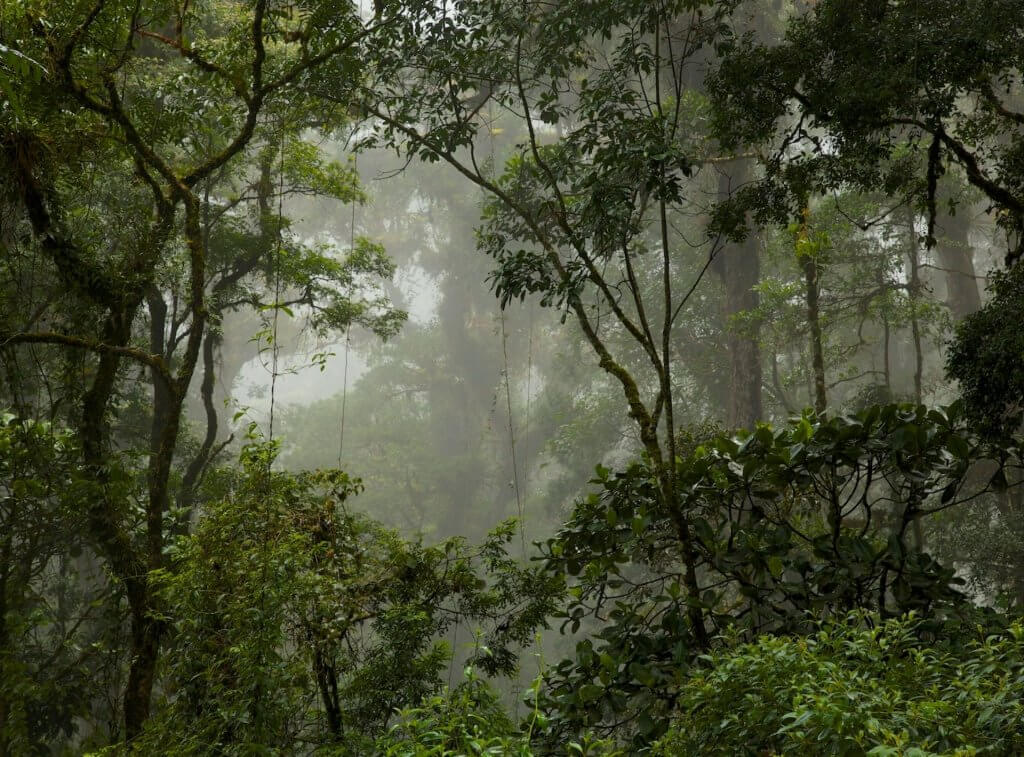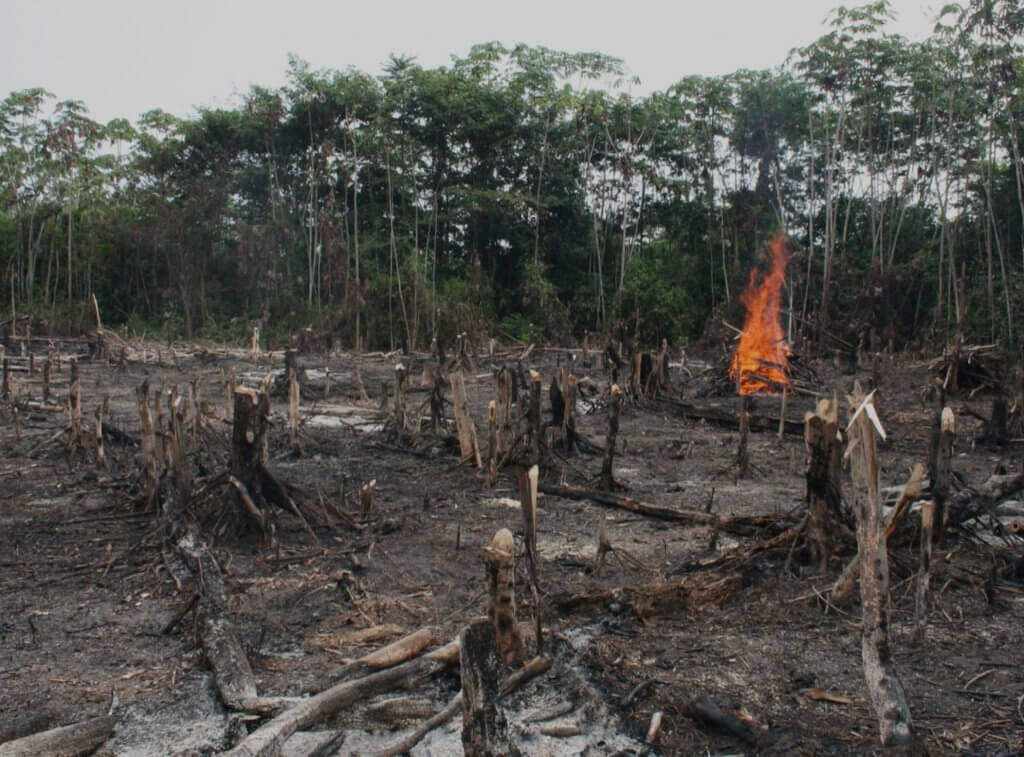Irrecoverable Carbon: Fighting Climate Change by Protecting Our Natural Areas
03/22/2022
When we think about the release of carbon dioxide (CO2) into the atmosphere, we often associate it with the burning of fossil fuels and not much else. When we see cars’ exhausts releasing black smoke or power stations puffing clouds into the sky, it’s as though we can see the CO2 accumulating in the air. However, there is another major contributor to CO2 emissions that is less often discussed — the destruction of ecosystems with irrecoverable carbon stores.
What is ‘Irrecoverable Carbon’?
Natural landscapes hold on to carbon in their ecosystems like air trapped in a balloon. When ecosystems are destroyed, it’s like popping that balloon. Just as the air in a balloon escapes, the carbon sequestered in an ecosystem will be released when the landscape is destroyed.
As vegetation such as trees grow, CO2 from the atmosphere is absorbed by the plant through the process of photosynthesis. This is then converted into carbon which is used by the plant like building blocks. Carbon helps them grow and build biomass like trunks, roots, and leaves.
When plants, which naturally store carbon are destroyed, CO2 is released. This is the plant’s biomass decomposing, or in some cases burning when mass areas are cleared. As we see more ecosystems destroyed to make way for agriculture, development, or mining, among other human activities, we see more of this carbon escape and a huge CO2 increase in the atmosphere.

Certain ecosystems such as peatlands and rainforests become an even bigger climate threat when destroyed because of the vast amount of carbon they store.
The increase in CO2 emissions from activities like deforestation in ecosystems where large amounts of carbon are stored would not be reversible in time to reach the 2050 net-zero emissions goal and prevent the significant impacts of climate change. In this case, we call the carbon stored in these ecosystems “irrecoverable carbon.” Meaning, it is vital to protect the ecosystems that hold large amounts of carbon to avoid irreversible damage to our world.
The Amazon rainforest is one of the most iconic rainforests in the world and is well known for being the “lungs of the planet.” With the amount of irrecoverable carbon trapped in its trees, vegetation, and soil, it doesn’t just have the potential for removing CO2 from the atmosphere, but also must be protected to prevent huge amounts of carbon from being released.
What does this mean for our world?
The whole planet is facing threats from human expansion and destructive activities, so it is difficult to know where to start with conservation. Forests are incredibly important to life on this planet. They provide habitat for plants, animals, and humans. They secure fresh water, release oxygen, and — of course — store carbon.
Threatened ecosystems that hold irrecoverable carbon stores include peatlands, mangroves, old-growth forests, and marshes. The protection of these ecosystems must be a priority in order to prevent major impacts from climate change.
It is estimated that fifteen billion trees are cut down each year globally and this deforestation is adding to the impact we are seeing from climate change. As we mentioned earlier, this puts irrecoverable carbon trapped in ecosystems at risk of being released. This is particularly true for old-growth forests, which are difficult to replenish. Simply planting trees will not recover the lost carbon from deforestation.
What makes the situation worse is the fact that the Amazon rainforest is now showing reduced resilience. In other words, it has a decreased ability to replenish lost areas of forest due to deforestation and extractive activities. As the rainforest loses resilience, we see more, larger-scale disasters, such as uncontrollable forest fires, causing further forest dieback.
With so much forest destruction, particularly in the Amazon, we are continuously seeing increases in CO2 levels in our atmosphere. This needs to stop if we are going to be able to reverse the effects of climate change and prevent the resulting disasters caused by changing weather patterns, famine and loss of biodiversity.

At Nature and Culture, we strive to safeguard large areas of forest, particularly in the Amazon.
We work tirelessly with local communities and governments to establish protected areas to help retain irrecoverable carbon storage, so it doesn’t make it into the atmosphere. We also partner with Indigenous communities to help protect their land and their ancestral sustainability practices. The best protectors of forests and other threatened ecosystems are the Indigenous communities that live within them. By protecting the rights of Indigenous communities, we can also defend natural areas threatened by human activities. This in turn will help prevent future climate change impacts through preserving irrecoverable carbon storage in these ecosystems.

There are many things you can do to help stop the destruction of irrecoverable carbon-storing ecosystems.
You can begin by buying sustainably and not purchasing products produced in threatened areas like the Amazon. Check labels and research companies to be sure that they are working towards more sustainable goals. Don’t buy from companies that encourage logging and clearance of land in these vital ecosystems.
You can donate to our work to protect important ecosystems holding irrecoverable carbon, which helps prevent the potential for uncontrollable consequences of climate change in our future. Find out more about our previous projects and the 22 million acres we have successfully protected so far. By contributing to our cause, you will be helping ecosystems, people, and the planet.


